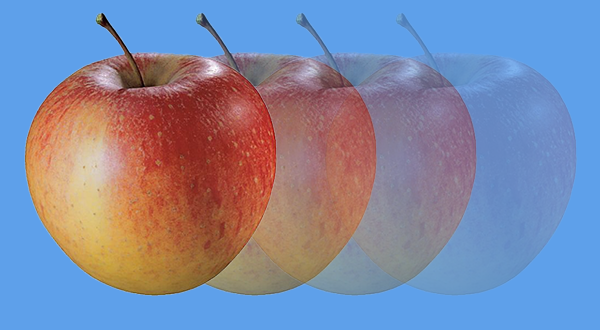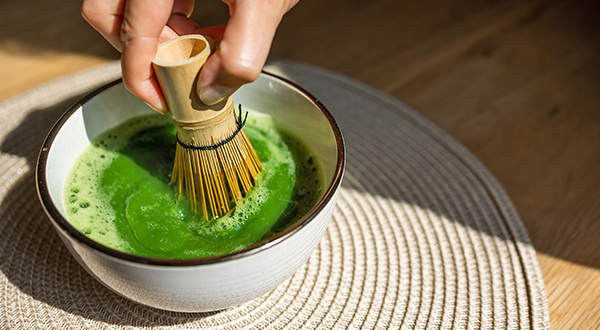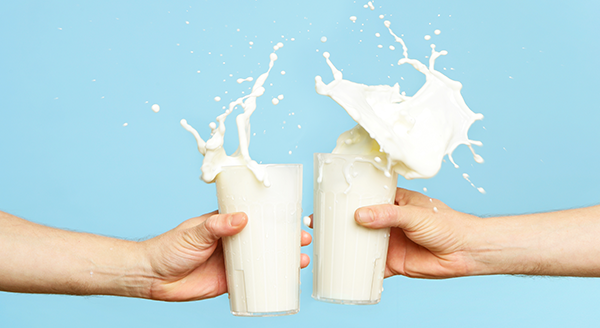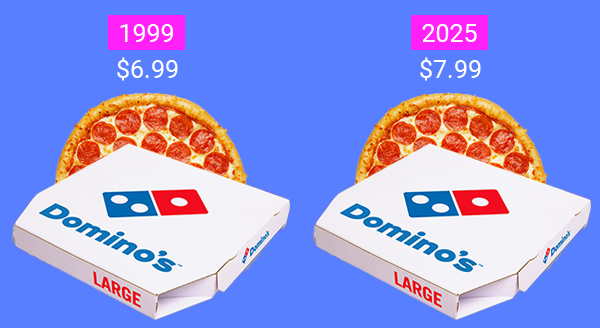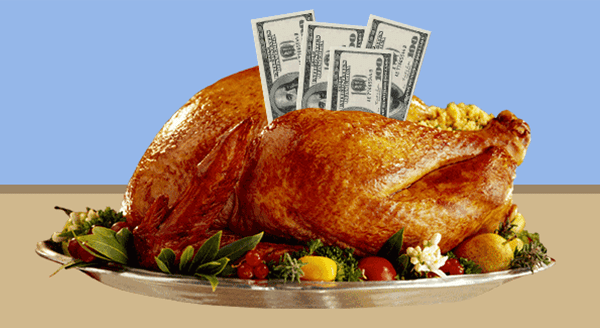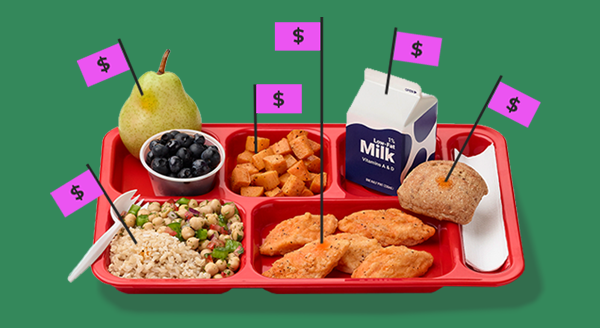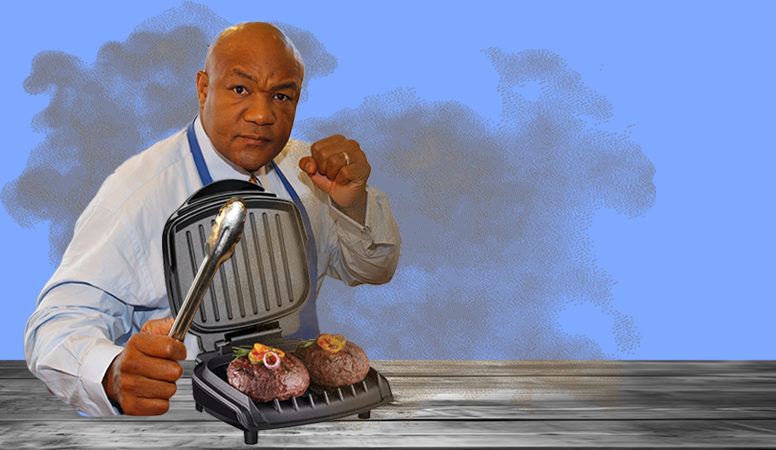How much does it cost to make a fruit popular? Hundreds of millions of dollars.

Imagine a football stadium filled to the brim with avocados, and it still wouldn’t represent the number eaten at this year’s Super Bowl.
Americans put away 250m pounds of avocados this year, up from 100m ten years ago, and 43.8m ten years before that.
Once known as an alligator pear, the avocado has sailed to prominence on the Instagram feeds of wellness influencers everywhere.
The fruit’s surge has been anything but organic. It got an unlikely assist from a postman, the NFL, and a mascot named Mr. Ripe Guy.
Alligator skin
Long a mainstay of Mexican cuisine, avocados didn’t make it to the US until the early 1900s.
But they were hard to come by, and expensive. Luxury hotels in New York and San Francisco were paying $1, roughly $25 today, per fruit to import them. Their name back then — alligator pear — didn’t help matters.
Olivia Heller
“That the avocado, an exalted member of the laurel family, should be called an alligator pear is beyond all understanding,” wrote the California Avocado Growers’ Exchange trade group in 1927.
They decided on a smoother name: avocado, derived from the Aztec word “ahuacacacuahatl” (or “testicle tree,” in more direct translation).
A California advertisement soon declared them “the aristocrat of salad fruit.”
Shortly after, a postman and amateur farmer bought a 50-cent bag of avocado seeds from a local grower. Rudolph Hass planted them in sawdust-filled apple boxes in a grove in La Habra Heights, and waited as one persnickety baby tree refused to graft.
Hass wanted to graft the seedling to grow an avocado variety called the Fuerte, but instead it sprouted fruit of a different kind: an avocado with dark, pebbly skin.
The avocados started winning blue ribbons at the state fair, and Hass’s kids loved their buttery, nutty flavor.
Hass realized his horticultural project had borne fruit (sorry). He filed for, and received, one of the country’s first plant patents, and cut a deal with a nearby grower who’d give him 25% of any Hass avocados sold. At the time, he called the discovery an act of God.
The original Hass avocado patent, plant patent number 139. (United States Patent and Trademark Office)
But his love for avocados was ahead of its time. Hass made only about $4k from his share of the crops, and worked as a postman till his death at age 60. His patent expired the same year.
“For every tree that was sold, my dad got a dollar,” Rudolph’s son Charlie Hass told the Ventura County Star before he died. “That amounted to less than $4,000 over the life of the patent. It’s amazing how many people, when they find out I’m associated with it, assume I made a lot of money from it.”
Because of the rules governing patents at the time, there was nothing the family could have done to extend their ownership of the strain, whose sales now total $2.7B.
But by the ’60s, thanks to its size, texture, and stability en route, the Hass was quickly surpassing another variety, the Fuerte, as the avocado of choice on the West Coast.
Outside of California and Florida, though, it wasn’t that simple.
Decades later, foodies are still trying to make avocado ice cream happen. (Getty Images)
“Avocados: Almost Perfect Food Not Just for Salads,” pleaded one 1968 headline. “You’d think the avocado was some kind of strange foreign critter the way some folks treat it,” wrote a Palm Beach writer in 1969.
Growers’ associations published recipe booklets (avocado fritters, avocado ice cream), but still the public’s attention didn’t catch.
For one, the fruit was ugly, and grew uglier as it ripened. And for two, it was complicated. You couldn’t eat it like an apple. You couldn’t peel it like an orange. You needed a knife, a dextrous set of fingers, and considerable patience.
Avocados had a branding problem.
Humanizing a fruit
Bonnie Goodman didn’t eat avocados growing up. Back then, she was an East Coast kid in Philadelphia, and the fruit wasn’t carried at local grocery stores. “My mother wasn’t buying avocados,” she says.
When she moved to California, she got more familiar with the round green orbs. Still, she never imagined her PR career would lead her to a farmers market, standing next to a colleague in a sweaty avocado costume.
Enter Mr. Ripe Guy, a squishy, scaly, human-turned-avocado mascot and brainchild of the team at powerhouse PR agency Hill & Knowlton.
The agency ran ads in newspapers across the country, and eventually narrowed their search to five contenders they presented at a farmers market in California. (Texas History archive)
Goodman, then senior vice president at Hill & Knowlton and now senior VP at LA’s The Music Center, oversaw the team hired by the California Avocado Commission to supercharge the avocado’s growth. Playing with viral marketing before viral marketing was a thing, the team bandied ideas around.
“We tried to, from a marketing standpoint, humanize the fruit, so people felt more comfortable,” she says.
The team took advantage of anything green. St. Patty’s Day at local bars? Send in Mr. Ripe Guy, and see if he makes the news.
And then one of the team members had another idea. What if Mr. Ripe Guy was lonely? Why not look across the States and see about finding Mr. Ripe Guy a girlfriend?
“We did a search, as a total stunt,” Goodman says.
A Super-Bowl-sized assist
The winner, a 26-year-old Chicagoan named Robyn Nardone, won a guest spot on Baywatch spinoff Baywatch Nights and lifelong bragging rights.
At the same time, the PR team saw another opportunity. They weren’t the ones who suggested consumers eat guac on Super Bowl Sunday, but they decided to capitalize on it.
Enlisting the help of the NFL and some of its players, the team introduced the Guacamole Bowl, sharing recipes from players and their families, and asking the public to crown a winner.
Before long, the Super Bowl surpassed even Cinco de Mayo (81m pounds) in the number of avocados eaten.
Not long after, the US government lifted its import restrictions on Mexican avocados, and suddenly there were enough avocados to whet appetites across the country.
Olivia Heller
In 2000, the government went a step further and passed a law to create a promotional program to further boost domestic consumption. By then, sales in California had already spiked 70%.
Today, 80% of avocados consumed in the US come from Mexico, and 95% of them bear the name of Hass, the California postman. (The Hass mother tree itself succumbed to root rot in 2002, but has been regrafted and grown all over the world countless times over.)
And while Hass, the postman, never got to reap the benefits of his creation’s posthumous pop-off, his family’s quiet legacy lives on in nearly every US grocery store.
That’s marketing
The avocado surge has come with costs: environmental, as the increase in production has led to ravaged forests, water shortages, and even small earthquakes. And criminal, as cartel violence ramps up against farmers in Mexico. (Two years ago, the US banned imports temporarily after an inspector was threatened in the Mexican state of Michoacan, where half the world’s global avocado supply is grown.)
Still, avocado growers and their backers are pouring money into ensuring the fruit stays top-of-grocery-list. The California Avocado Commission’s latest goal? To make the fruit America’s favorite by 2025.
Olivia Heller
As we chat, Goodman looks down at her desk and notices that a photo of her daughter also shows Mr. Ripe Guy, standing behind her, a symbol of the fruit’s ubiquity and the role she played in it.
“Today when I go to Trader Joe’s, I’m constantly reminded of the fact that we helped put this fruit on the map,” Goodman says.
“We had fun, people had fun along with us, and that’s why it kept going. We got to look at things in less traditional ways, and I think that’s how we broke through,” Goodman says. “That’s marketing, right?”




